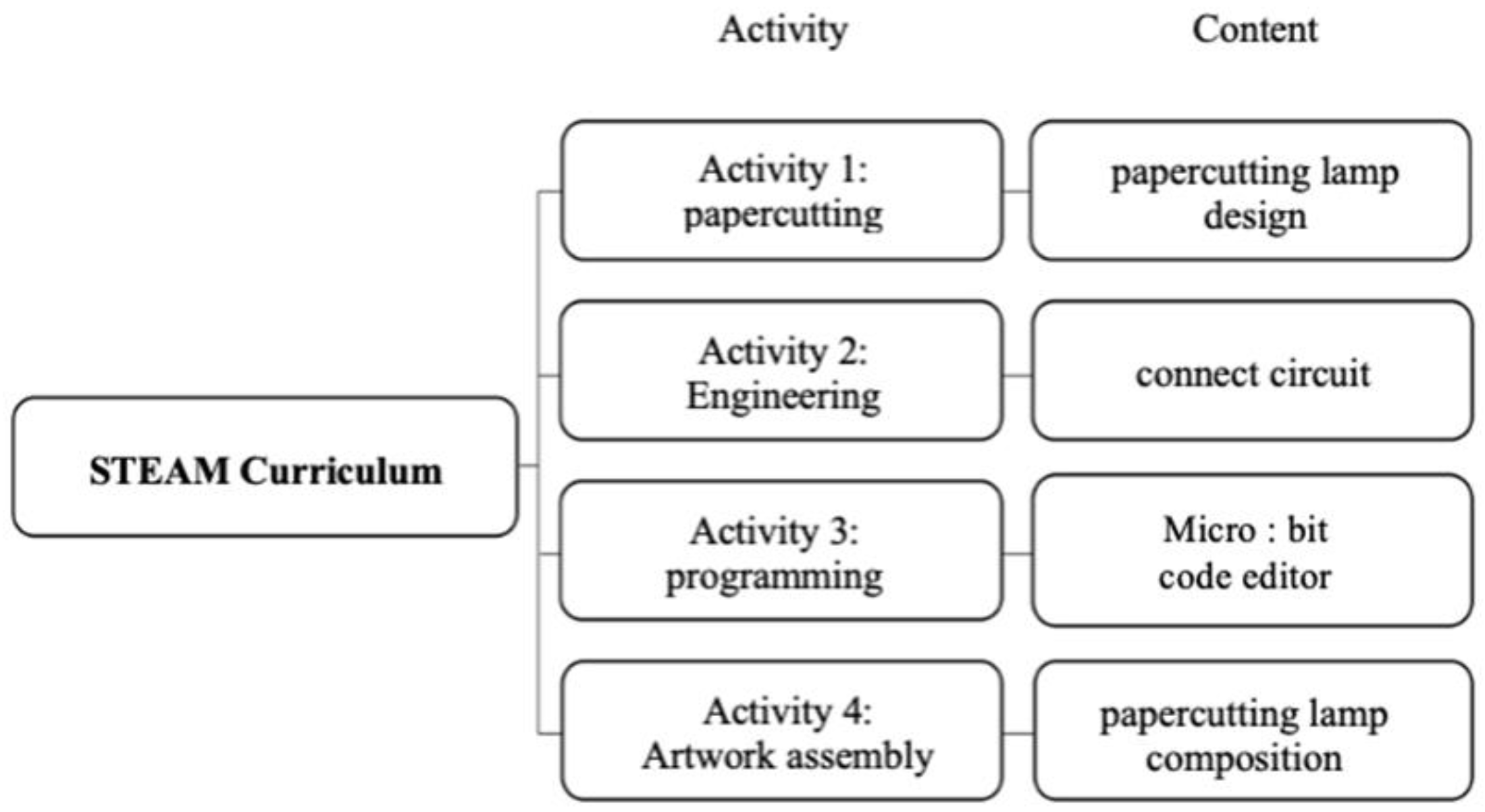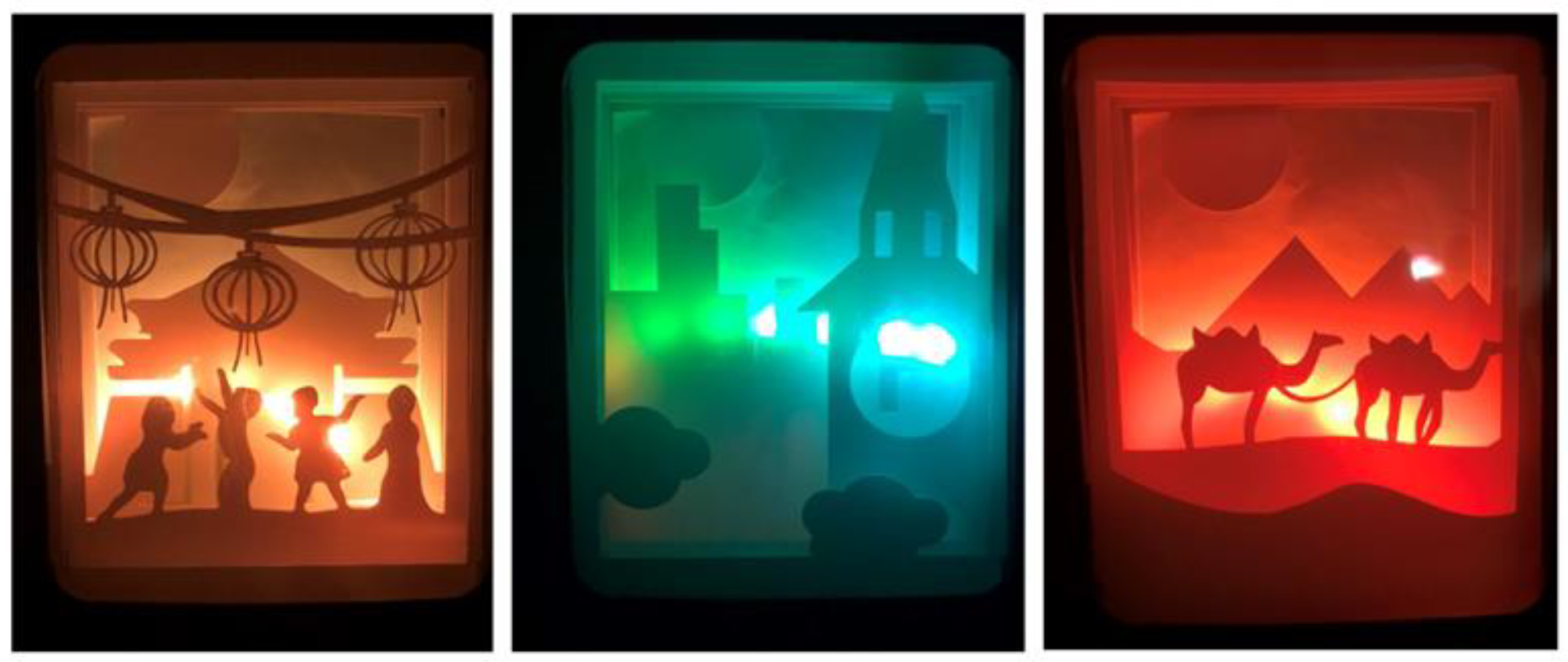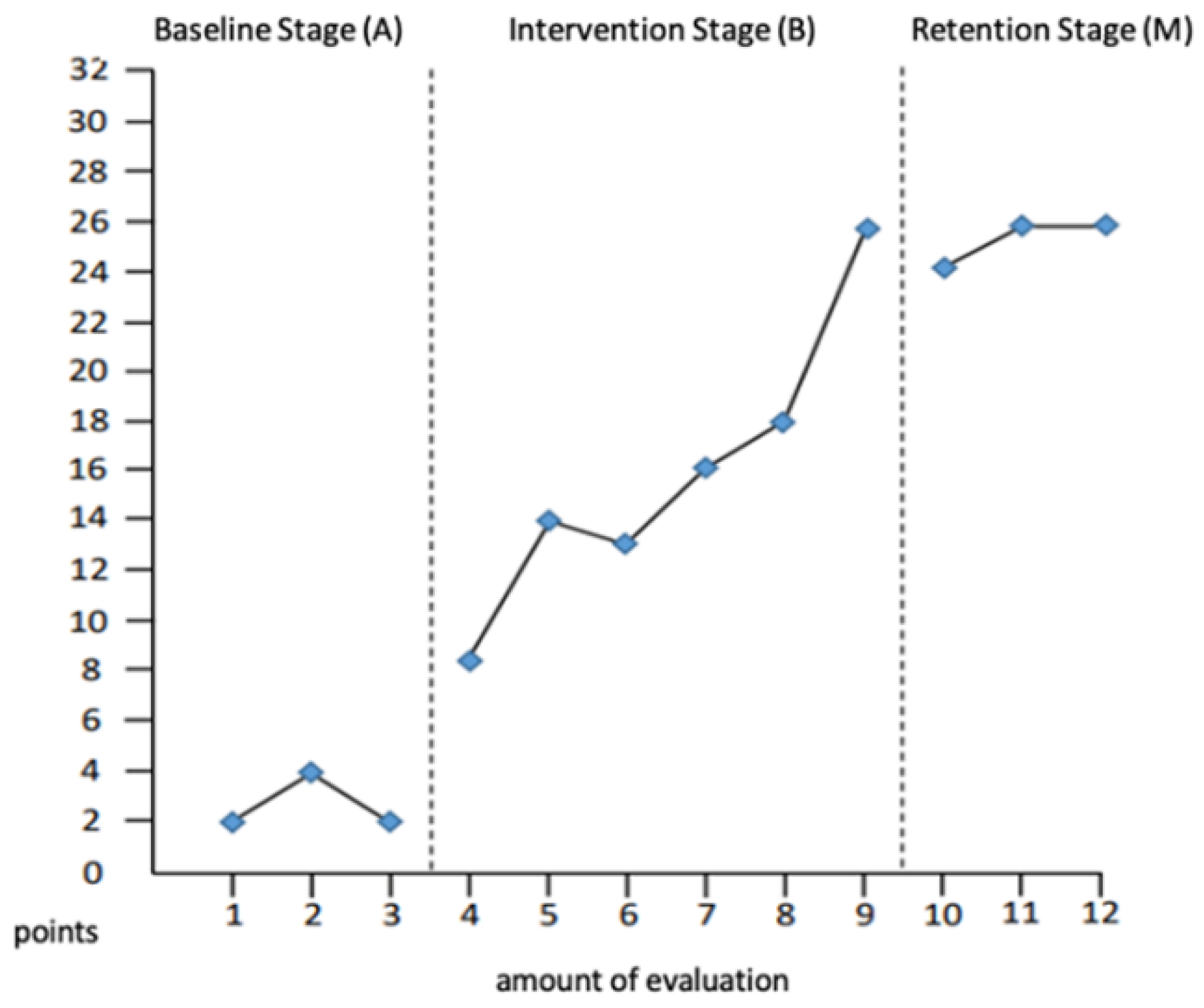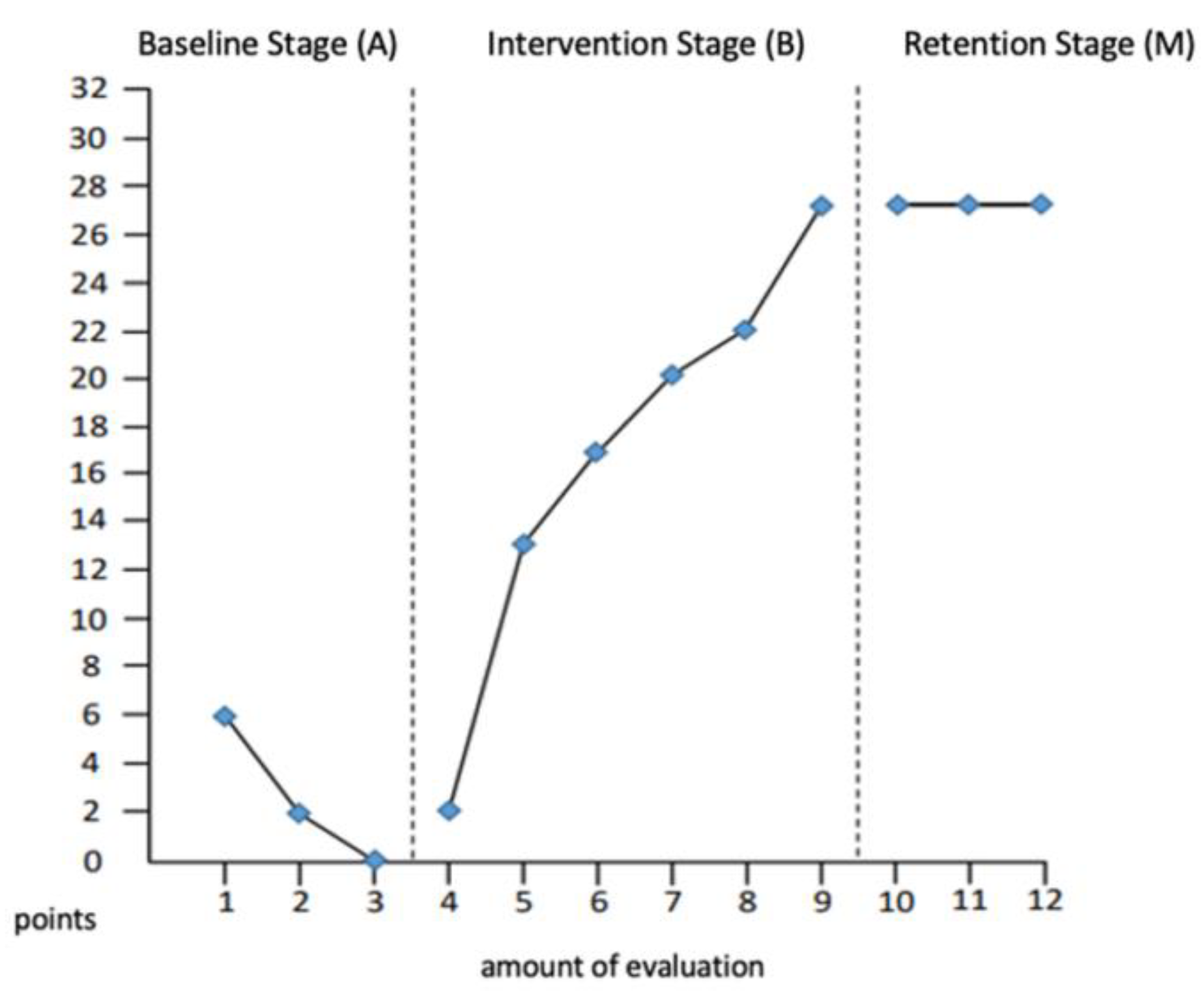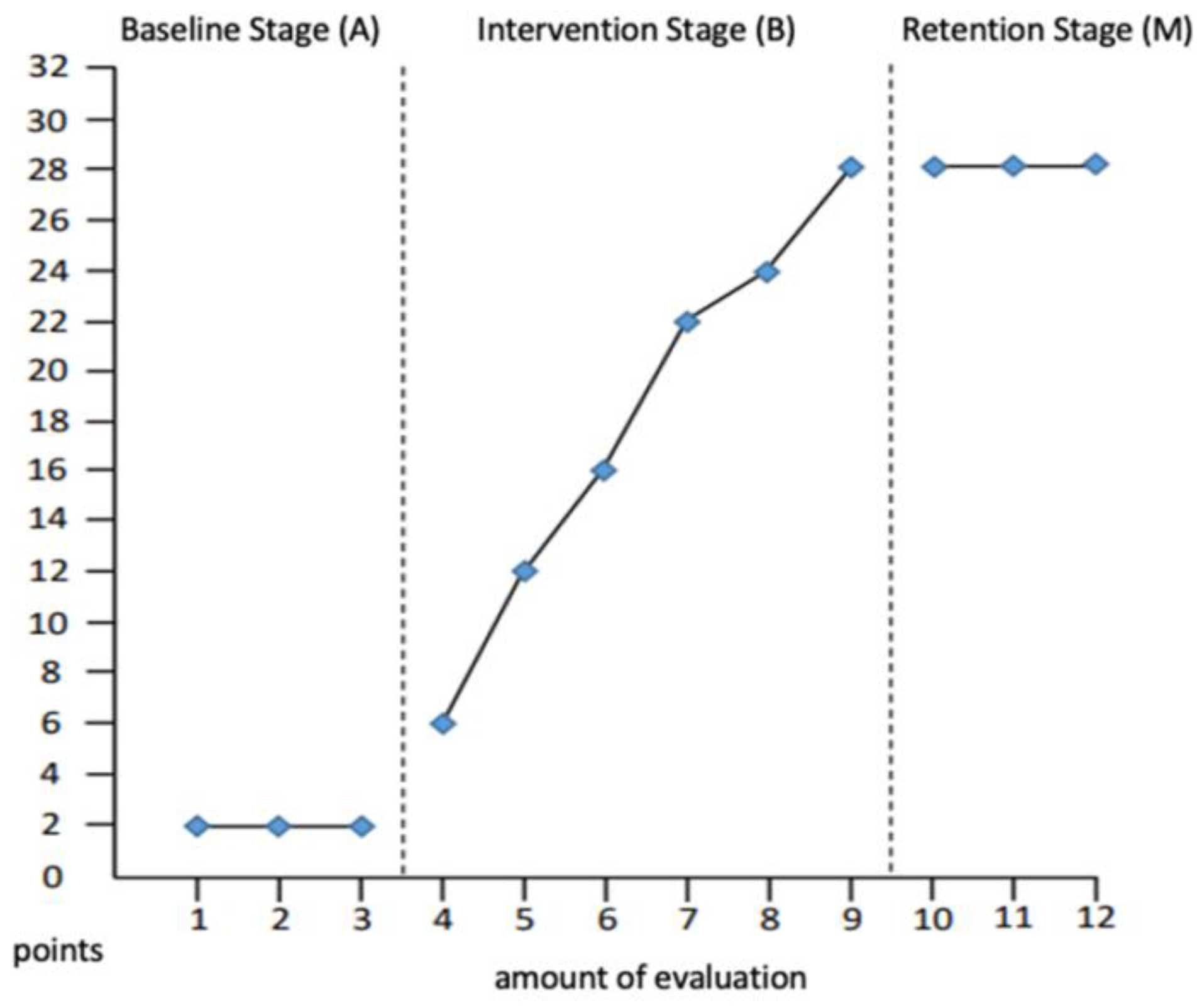1. Introduction
Sustainable Development Goal 4 (SDG 4) is the education goal. It aims to ensure inclusive and equitable quality education and promote lifelong learning opportunities for all.
Target 4.4: by 2030, there will be a substantial increase in the number of youth and adults who have relevant skills, including technical and vocational skills, for employment, decent jobs, and entrepreneurship.
Target 4.4: by 2030, especially in skills acquisition, beyond work-specific skills, emphasis must be placed on developing high-level cognitive and non-cognitive/transferable skills, such as problem-solving, critical thinking, creativity, teamwork, communication skills, and conflict resolution, which can be used across a range of occupational fields.
Target 4.5: by 2030, eliminate discrimination and ensure equal access to all levels of education and vocational training for the vulnerable, including persons with disabilities, especially those in vulnerable situations or other statuses; they should have access to inclusive, equitable quality education and lifelong learning opportunities.
Science technology has developed in the 21st century, and it is crucial to integrate education with competency-based learning, creativity, and the skill of problem-solving in order to keep the country innovative and competitive. Additionally, it provides what is needed in the social economy [
1]. STEM education is considered as the national strategy in the US [
2], where it is implemented to cultivate interdisciplinary talents for the country [
3]. Yakman [
4] mentions that students would understand the culture better and appreciate aesthetics under STEAM, with the additional subject of Arts to STEM. This is achieved by building on science and mathematics, delivered to students through technology, logical thinking, and art performance [
4].
According to Executive Yuan, the number of students with special educational needs in primary school has been balanced over the last 10 years. However, the number of students with learning disabilities has increased every year. It is now the first category on the list of special educational needs [
5]. General students have abundant and up-to-date resources, such as self-education, core competencies, and multicultural education. On the contrary, students with special educational needs lack resources, as well as support from their families [
6,
7].
Explicit behaviors, such as listening, speaking, reading, and writing, are the problems that students with learning disabilities encounter. This links to the issues of concentration, expression, thinking, memory, and so on [
8]. Therefore, these students fall behind in STEM education [
9,
10]. Apart from medical support, Basham and Marino [
11] state that providing appropriate and flexible learning strategies is also helpful for their learning. In view of multicultural education, leading students to find an effective or even their own learning method is the most straightforward way to improve their learning outcomes [
11]. STEAM education could meet the requirement, as it provides a diverse and innovative learning environment. Students with special educational needs could discover their own learning techniques for acquiring skills.
In the past 10 years, most of the research on STEAM education concentrated on studying general students, or even the teachers or interns, rather than students with special educational needs [
6,
7,
12,
13,
14]. Ehsan [
15] reviewed 44 research papers regarding STEM and students with autism. The subjects covered were mathematics (31), science (12), technology (1), and engineering (0). Only 21 of them mentioned positive outcomes. Instead of studying STEM lesson planning and design, the 44 research papers only looked into the performance of a single skill. Given the fact that there is a lack of study on the integrated STEM education towards students with special educational needs, this study aimed to boost their cognition and stimulate their creativity with the STEAM curriculum (Science, Technology, Engineering, Arts, and Mathematics), together with skill development such as hands-on skills and problem-solving. This is relevant to SDG4 Target 4.4.
In order to design the STEAM curriculum, the researchers anticipated that utilizing PBL (project-based learning) as the teaching strategy to study students with special educational needs could improve their cognition and creativity. The structure was: (1) setting the goal, (2) designing eliciting questions, (3) plan evaluation, (4) planning, and (5) managing the process. The micro:bit by BBC was used as the material in class together with the activity of paper cutting. The result of this research could be set as an example to develop the STEAM curriculum in the future. This study aimed:
To discuss whether there would be immediate and retention effects when applying the PBL-oriented STEAM curriculum to students with learning disabilities.
To determine whether the PBL-oriented STEAM curriculum affects their creativity.
To comprehend the feedback from participants after the intervention of the PBL-oriented STEAM curriculum.
1.1. STEAM Curriculum
STEAM education is derived from STEM (Science, Technology, Engineering, and Mathematics), with the addition of Arts. It is a thematic teaching approach of interdisciplinary competencies [
16]. In STEM education, students are expected to (1) participate in projects, (2) deliver logical reasoning, (3) cooperate, and (4) make decisions and analyze. By carrying these abilities, students are equipped for pursuing higher education and contributing to society [
17]. Fan and Yu [
18] are grateful to STEAM education, because through it, the productivity and economy in the United States are stimulated. Sharing the same perspective, Zollman [
19] agrees that STEAM education enhances national and social development, strengthens military capability, boosts the economy, cultivates talents, and so on.
Currently, there are various theories and design models for developing the STEAM curriculum, such as project-based learning (PBL), design-based learning (DBL), and 6E Learning [
20]. This study focused on students with special educational needs; hence, PBL was chosen due to its flexibility. It allows the researcher to easily amend it to meet the capability of students.
1.2. Paper Cutting
Another type of art, paper cutting is akin to a unique language. The more we understand, the deeper meaning will be unveiled. Li [
21] identified three major categories in paper cutting: objects metaphor and symbolization, homophones, and theme.
Paper cutting is one kind of ancient folk art in China. Society and technological development diversify the culture. Recently, there is an increasing number of researchers devoted to the study related to paper cutting. Wang [
22] used the brainstorming approach of creative thinking and SWOT analysis to design wallpaper. Later in 2015, Yang [
23] conducted action research to discuss the impact of paper cutting lessons on juniors in primary school regarding creativity. The researcher mentions that students could understand better the form of paper cutting, as well as the folk culture. Additionally, the result of TTCT (Torrance Tests of Creative Thinking) shows improved creativity. With the help of digitalization and knowledge exchange, paper cutting could be preserved and introduced worldwide. A new type of art blended with western culture would be created.
1.3. Creativity
Creativity is a complex behavior of human beings that involves a wide range of aspects. It is affected by external social development, as well as educational background. Different presentational fields lead to different types of creativity [
24] The study of creativity became popular when Guilford, the president of the American Psychological Association, first introduced it [
25]. Rhodes [
26] addressed four factors for designing a curriculum for creativity: personal character, creative process, creative product, and creative environment. These are the indicators to enable teachers to evaluate creativity presented by students. The purpose of implementing creative thinking in class is to trigger motivation. Students are encouraged to exploit their imagination and think innovatively [
24]. Williams’ Taxonomy by William [
27] introduced a model that focuses on the cognitive and affective domain. The cognitive domain is considered the ability of divergent thinking, which includes fluency, flexibility, originality, and elaboration. The creativity assessment is needed to evaluate and review the result of the curriculum in cultivating students’ creativity.
1.4. Torrance Tests of Creative Thinking (TTCT)
Creativity is characterized by fluent, flexible, and original thinking, which can be used as indicators to evaluate creator characteristics [
28]. Despite being criticized for its lack of predictive validity and discrimination validity, TTCT remains the most common assessment of creativity in the United States and 35 other countries around the world [
29]. Li [
30] revised the reliability and validity of the Figural TTCT in Taiwan and reported a scorer reliability of 0.911–0.991, a test-retest reliability of 0.401–0.724, 6 weeks after, and an alternate-form reliability of 0.598–0.951, all of which reached the 0.05 significance level. In terms of validity, concurrent validity was established based on the creative thinking activities of the Williams Creative Thinking Test; the correlation coefficient ranged between 0.574 and 0.812 and reached the 0.05 significance level.
2. Material and Methods
2.1. Participants
Considering the budget and manpower, participants of this study were students from a primary school located in Taichung City, Taiwan. There were a total of 3 students who needed to meet the following criteria:
- (a)
Students are identified as those who have learning disabilities and are arranged in a resource class.
- (b)
Students attend added and pull-out lessons while in the resource class.
- (c)
Students understand basic instruction and can complete daily living activities independently without having problems with sight, hearing, or fine movement. For example, they can reach a specific book and take it, or clean a desk.
- (d)
Students with no experience of STEAM.
Once the students were selected, the researcher explained the process of the experimental teaching and risk to their parents. Once they consented, the students officially participated in the study with fake names for privacy.
The details of the three participants can be found in
Table 1.
2.2. Independent Variable
The independent variable was PBL-oriented STEAM. The students were asked to complete 12 lessons, starting from easy to difficult. There were 2 lessons per week of 40 minutes each. The teacher amended the content of the lessons if needed based on the students’ performance.
PBL Curriculum Design Process
Setting a Goal and Planning
Arts and Technology are the core subjects of the curriculum. Together with Mathematics, Engineering, and Science, students complete tasks to create their artworks. After the STEAM curriculum design, paper cutting is more than just a skill-based activity—it is a part of the arts training included in the STEAM curriculum that can enhance the demonstration of creativity. The analysis of content and teaching aims are explained in the following sections.
Designing “Eliciting Questions”
How can you apply technology to paper cutting?
How can you use sounds and movement to control the light?
How can you control the artwork of paper cutting?
Curriculum Assessment
The assessment enables the teacher to understand students’ learning progress and review the curriculum to decide if amendments are needed.
Project Planning
There are 4 teaching activities designed based on Science, Technology, Engineering, Mathematics, and Arts (
Figure 1).
Process Management
The teacher evaluates upon the completion of each activity and revises the curriculum to be suitable for the students with special educational needs.
2.3. Dependent Variables and Evaluation
Learning outcomes and creativity demonstrated after the STEAM curriculum were considered the dependent variables. The former was reviewed by conducting an evaluation, in which the teacher was able to check each step. There were a total of 16 steps in the evaluation form. The more tasks the students performed during the activities, the better the performance they delivered. Students received 2 points for each step they completed individually, 1 point with the assistance of the teacher, and 0 points if they failed.
TTCT was used to review creativity before and after the completion of the STEAM curriculum. There were 3 activities to check 5 creative characteristics: fluency, originality, title, elaboration, and openness.
2.4. Experiment Design
This analysis is built on the withdrawal design of the single-case approach to discuss the learning outcomes and creativity of the 3 participants after participating in the PBL-oriented STEAM curriculum. This study employed a single-subject withdrawal design as the research framework because of the small sample size and large individual differences, which renders the implementation of quantitative research difficult. Single-subject research—a quantitative experimental design commonly used in the event of a limited sample size—comprises baseline, treatment, and maintenance phases with repeated measurements of causality. The proposed intervention was found to exhibit favorable reliability and validity [
20].
2.5. Procedures
The researcher explained the following information before the experimental teaching started: (1) It is voluntary to participate in the study. There will not be any consequences for leaving anytime during the research. (2) The result of the evaluation (accuracy) is only for research purposes. It will not affect their impression at school, nor their academic record. (3) The lessons will be recorded. If the participants feel uncomfortable, they can ask to terminate the curriculum.
2.5.1. Baseline Stage
The baseline measure aimed to evaluate the initial STEAM performance without the students being trained or taught. In line with the withdrawal design of single-case approach, there were 3 tests at this stage. The researcher collected data using the STEAM evaluation form and then analyzed it with TTCT for the pre-test. No clues were given by the researchers or observers to the participants when completing the tasks. When three successive data points were stable in the baseline trend, the STEAM curriculum began.
2.5.2. Teaching Intervention Stage
At this stage, participants were asked to take part in at least 6 lessons. Lessons lasted for 40 minutes, with the first 20 minutes for demonstration and practice. The rest of the time, the activities were assessed. Learning effect was evaluated after each intervention to assess its immediate effect. The researcher and observer were not allowed to hint.
2.5.3. Retention Stage
Two weeks after the teaching intervention, the students completed the evaluation for learning outcomes and retention. There was no teaching involved during the interval. As was done in the baseline stage, no clue was given. However, the participants were encouraged verbally.
2.6. Reliability
An inter-observer agreement (IOA) was conducted for reliability. There was another observer evaluating the results on the 3 participants at 3 stages, and which were then compared with the original data. The calculation was based on the below formula.
The result of all the participants at all stages was 100%.
In terms of the consistency in the progress, the external observer reviewed the video taken 3 times and reported any discrepancies. The result of this evaluation was 100%.
2.7. Feedback
The participants were interviewed after the experimental teaching in order to receive their feedback. Information was collected by inquiring the participant’s experience during the curriculum. The questions were: (1) Do you like this teaching method? (2) Do you feel your creativity has improved? (3) What have you learned from the curriculum? (4) What are the differences compared with the general curriculum? (5) What impressed you the most? (6) What is the least interesting part? (7) What is your overall feedback?
2.8. Analysis
Visual Analysis was chosen for data analysis within and between stages. The results indicate the stability, trend, and learning outcomes individually and in a small group.
3. Results
All the participants obtained immediate effects after the curriculum. The students were able to make code for the micro:bit independently (
Figure 2), and their works of paper cutting are shown as
Figure 3. Looking into the accuracy made, the points increased from an average of 2.4 in the baseline stage to 16.8 in the intervention stage. The data in the retention stage are the highest at 26.8. Hence, this curriculum had an immediate as well as retention effect on the students performing in STEAM education (
Figure 4,
Figure 5 and
Figure 6).
3.1. Ama
The data in the baseline stage are average performance (2.76), trend stability (100%), and while in the intervention stage, both are at 100%. The trend is stable at the first stage before moving to the next. It keeps moving positively and steadily (average accuracy = 15.57, range: 8–26, variation + 18). As shown in the retention stage (M), both performance and trend stability on the STEAM curriculum are steady. Overall, the data in the retention stages are the highest (25.33). It evinces that after the STEAM curriculum, Ama managed to keep her performance.
Moreover, the variation increases by 6 points from stages A to B. The trend reflects positively with performance (+ 13) and overlap percentage (0%). It indicates that the STEAM curriculum affected Ama immediately and positively. The variation from B to M is −2, together with average performance (+ 9.66) and overlap percentage (100%). It demonstrates that Ama is capable of retaining her performance.
3.2. Bella
Looking at the diagram of Bella, the trend goes down before the intervention stage. However, it goes up directly and steadily in stage B (stage variation = 2, overlap percentage = 0%, average accuracy = 16.83, range: 2–27). The data show an immediate effect. Concerning M, the performance on STEAM and trend stability are balanced. The variation from B to M is + 0 (overlap percentage = 100%). It indicates that Bella could retain her problem-solving ability after participating in the STEAM curriculum.
3.3. Candy
On the diagram of Candy, the trend keeps steady before stage B (stage variation + 4, overlap percentage = 0). In stage B, the trend moves positively. The average accuracy is 18 (range: 6–28). This result evinces that the teaching intervention affected Candy immediately. The variation from B to M is 0 (overlap percentage 100%, average performance = 28). Based on this result, Candy could keep her performance after the curriculum.
3.4. The Impact of STEAM to Creativity
This study adopted the revised TTCT by Li [
30] to discuss creativity before and after taking the STEAM curriculum. There were a total of two tests to understand how creativity changes among the participants. The pre-test was completed before the curriculum, while the post-test was completed after the curriculum in the form of an interview (
Table 2).
Overall, the three participants changed positively after taking the STEAM curriculum. The data are: Ama (mean + 15, percentile rank +12), Bella (mean + 11, percentile rank + 19), and Candy (mean + 13, percentile rank + 1). There was a significant impact among the three participants on flexibility, originality, and openness, rather than title and elaboration.
3.5. Process of Learning and Improvement
3.5.1. Positive Feedback towards STEAM Curriculum
According to the information collected in the interviews, the three participants are open to an interdisciplinary curriculum. They commented that it is intriguing and diverse, as they could learn about circuit boards and programming. They are also willing to try new things after taking the STEAM curriculum.
Instead of lectures, they prefer lessons with hands-on activities. The latter could trigger their motivation and increase their interests.
3.5.2. Self-Assurance and Confidence Are Improved
The participants mentioned that the curriculum improves their problem-solving ability, which makes them feel more confident and helps them stay calm when encountering obstacles. They are motivated throughout the class. They believe that they could apply creativity in other areas of learning. On top of that, the STEAM curriculum changes the way they think and affirmatively changes their self-assurance.
4. Discussion
4.1. Discovery
This research aim at discussing whether the PBL-oriented STEAM curriculum could positively affect the learning outcomes and creativity of students with learning disabilities. The result is affirmative. There were immediate and retention effects found among the three participants. This echoes the research performed by Hart and Whalon [
31] showing that the appropriate strategy and teaching methods could improve learning in students with special educational needs in STEAM learning. Additionally, the three participants changed their behavior in class.
Ama started to think and try to find solutions for the tasks. It helped her to obtain more points in the evaluation. On the other hand, Bella managed to stabilize her emotions when the curriculum started. She did not give up as many times as she used to. As for Candy, she was able to use the knowledge she learned in class to solve the problems. These changes relate to the practical teaching strategy of this curriculum. This is in line with the suggestion made by Wright et al. [
32].
4.2. Creativity
When the curriculum began, the creativity among the three participants started to change. Due to the differences in learning ability and thinking processes, the results were different for each student.
Ama improved the most in flexibility, originality, and openness. Originality and openness were demonstrated when she designed the background of her paper cutting, and used the hand gesture to control LEDs. The ability to incorporate various sceneries to the background and using hand movements to enhance it indicates flexibility.
Bella was able to draw several shapes, such as polygons, and use different types of lines, such as dotted lines, to reflect on the background of her paper cutting. In this case, Bella developed more in terms of openness.
As for Candy, she started to use shapes and lines to design her artwork. Other than that, she took notes of words and phrases heard in class and reviewed them afterward. In this case, Candy expanded more in flexibility and title.
4.3. UN Agenda 4.4
Sustainable Development Goal 4 (SDG 4) is the education goal that aims to “ensure inclusive and equitable quality education and promote lifelong learning opportunities for all”. The core connotations of SDG 4 are as follows: all people, irrespective of socioeconomic background, place of residence, sex, and ethnicity, should have equal access to educational resources and quality education, thereby ensuring that everyone’s talent and potential can be fully realized. In addition, the UN hopes to cultivate lifelong learning skills to realize the philosophy of and achieve a lifestyle of sustainable development. Focusing on quality education for students with special needs, this study aligns with Target 4.4 of SDG 4—“By 2030, substantially increase the number of youth and adults who have relevant skills, including technical and vocational skills, for employment, decent jobs and entrepreneurship.” Specifically, the UN aims to ensure equal access to all levels of education and vocational training for the vulnerable, including persons with disabilities and socially/financially vulnerable children. The proposed curriculum can enhance information technology skills, artistic ability, and technical and vocational skills among students with special needs.
